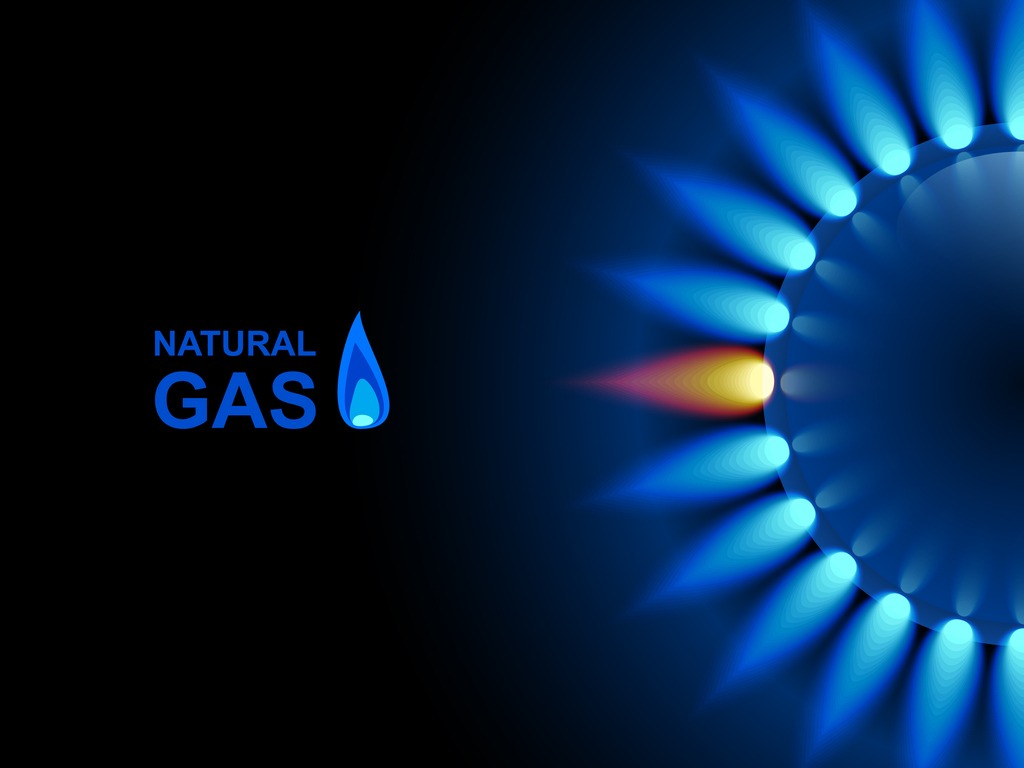
June Nymex natural gas (NGM23) on Monday closed up +0.109 (+4.81%).
Jun nat-gas Monday climbed to a 2-week high and closed sharply higher. Nat-gas prices have carryover support from last Friday on signs of reduced future U.S. nat-has production when Baker Hughes reported that the number of active U.S. nat-gas drilling rigs in the week ended May 12 plunged by -16 to a 13-month low of 141 rigs.
Also, reduced Canadian gas output is bullish for prices after wildfires in Alberta halted nat-gas production in western Canada for several Canadian nat-gas producers. Extreme heat in western Canada sparked additional wildfires over the weekend, with 90 active wildfires in Alberta as of Monday morning, with 23 still considered out of control.
Nat-gas also has support from the outlook for improved nat-gas demand from electricity providers to power increased air-conditioning usage. The Commodity Weather Group on Monday said that above-normal temperatures are expected across the eastern half of the U.S. later this month.
Nat-gas prices fell sharply starting in December and posted a 2-1/2 year nearest-futures low (NGK23) Apr 14 as abnormally mild weather across the northern hemisphere this past winter eroded heating demand for nat-gas. January was the sixth-warmest across the contiguous 48 U.S. states in data from 1895. This winter's warm temperatures have caused rising nat-gas inventories in Europe and the United States. Gas storage across Europe was 62% full as of May 8, well above the 5-year seasonal average of 43% full for this time of year. Nat-gas inventories in the U.S. were +18.4% above their 5-year seasonal average as of May 5.
Lower-48 state dry gas production on Monday was 100.1 bcf (+4.1% y/y), just below the record high of 101.7 bcf posted on Apr 23, according to BNEF. Lower-48 state gas demand Monday was 63.8 bcf/day, up +6.0% y/y, according to BNEF. On Monday, LNG net flows to U.S. LNG export terminals were 13.2 bcf, up +6.6% w/w. On Apr 16, LNG net flows to U.S. LNG export terminals rose to a record 14.9 bcf/day as nat-gas exports continue to increase from the Freeport LNG terminal as the terminal was partially reopened after being closed since last June because of an explosion.
A decline in U.S. electricity output is bearish for nat-gas demand from utility providers. The Edison Electric Institute reported last Wednesday that total U.S. electricity output in the week ended May 6 fell -3.9% y/y to 69,704 GWh (gigawatt hours). Although, cumulative U.S. electricity output in the 52-week period ending May 6 rose +0.7% y/y to 4,102,911 GWh.
Last Thursday's weekly EIA report was neutral to slightly bullish for nat-gas prices since it showed U.S. nat gas inventories rose +78 bcf, right on expectations but below the five-year average for this time of year of +87 bcf. Nat-gas inventories as of May 5 are +18.4% above their 5-year seasonal average.
Baker Hughes reported Friday that the number of active U.S. nat-gas drilling rigs in the week ended May 12 fell by -16 to a 13-month low of 141 rigs, falling back further from the 3-1/4 year high of 166 rigs posted in the week ended Sep 9. Active rigs have more than doubled from the record low of 68 rigs posted in July 2020 (data since 1987).
On the date of publication, Rich Asplund did not have (either directly or indirectly) positions in any of the securities mentioned in this article. All information and data in this article is solely for informational purposes. For more information please view the Barchart Disclosure Policy here.






